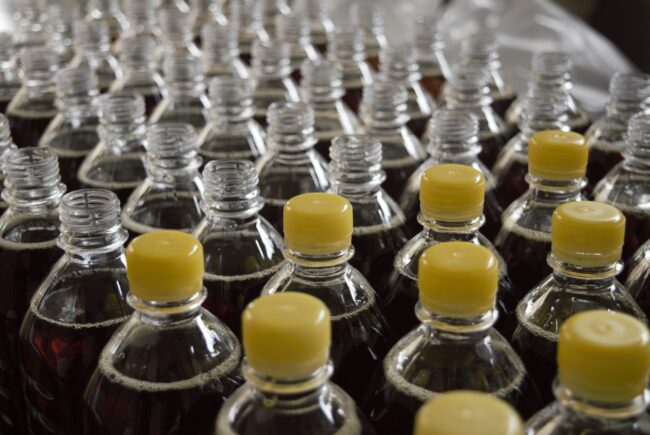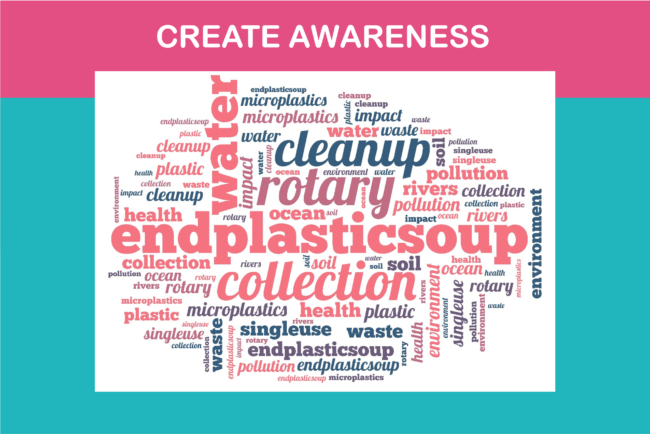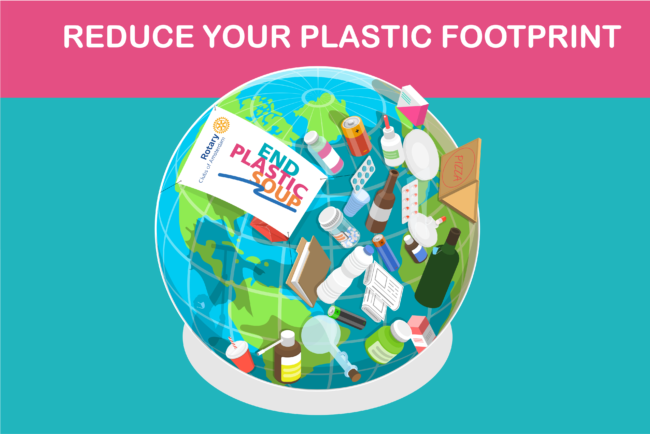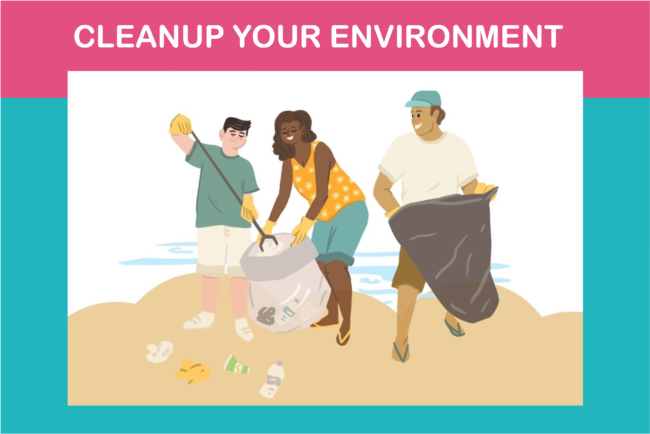Only 0.5% of the plastic in the ocean floats on the surface of the water, the rest drifts deeper in the water
Plastic that ends up in the sea accumulates on beaches, in the water and on the seabed. Most of the plastic pollution is under water. Marine organisms such as fish absorb (micro) plastics and these end up in our food chain. Source: https://www.grida.no/resources/6904 Maphoto/Riccardo Pravettoni) https://www.grida.no/resources/6904









